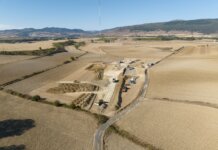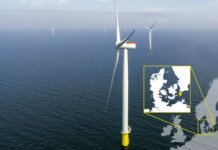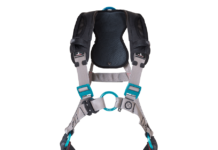Combining offshore wind power and water injection technology could lead to the cost-effective recovery of oil, according to a new concept being studied by DNV GL, which maintains that such a combination may open up ‘synergies and mutual benefit’ for both wind energy and the oil and gas industry.
DNV GL studies suggest there are opportunities for a new generation of autonomous injection systems used to increase the reservoir pressure. There are clear indications that such a wind-powered water injection system could reduce both CAPEX and OPEX and drive innovation of new technology.
The concept integrates the compressor and water treatment equipment into the sub-structure of a floating wind turbine. Combining the newest developments within offshore wind power and enhanced oil recovery may be a highly beneficial partnership, notes GL. In fact, initial studies show the technology will reduce the cost of water injection, avoid costly topside modifications and reduce greenhouse gas emissions.
DNV GL says offshore floating wind turbines have recently emerged as one of the most interesting sources for offshore power generation, allowing relatively stable production, and flexibility regarding locations and water depths. This power can be used with a variety of water injection technologies, ranging from raw seawater injection to the more complex, low-salinity water from a reverse osmosis process.Â
‘We want to take this concept further, together with both the wind energy and oil and gas industries, and invite them to participate in a joint industry project (JIP) to carry out an in-depth study,’ says Johan Sandberg, DNV GL's service line leader for offshore renewable energy and project sponsor of the initiative.
DNV GL is seeking input from the industry in developing the joint industry project.



